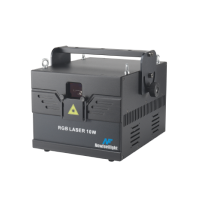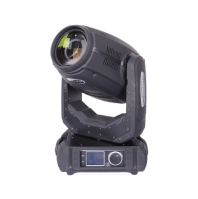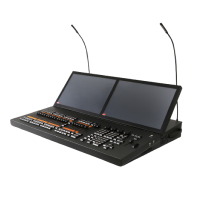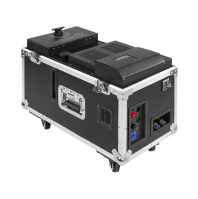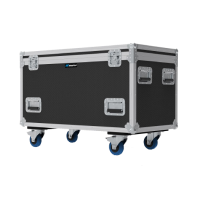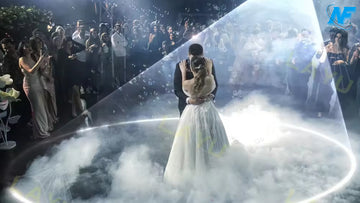Table of Contents
- No response when booting
- The power can be reset but the light is not on
- After starting up and working for a period of time, the lamps will automatically reset
- Automatic bulb defoaming
- The light bulb is on and the motor resets normally, but it is not controlled
- Burn the fuse or power trip when starting up
1. No response when booting:
1. Check whether the voltage is 220V;
2. Check the fuse inside the lamp;
3. Check whether the switching power supply has output voltage (32V, 12V, 5V);
4. Check whether the circuit board is working normally (indicator light);
①Red is the power supply Working indicator light;
②Yellow is the CPU working indicator light;
③Green is the signal working indicator light;
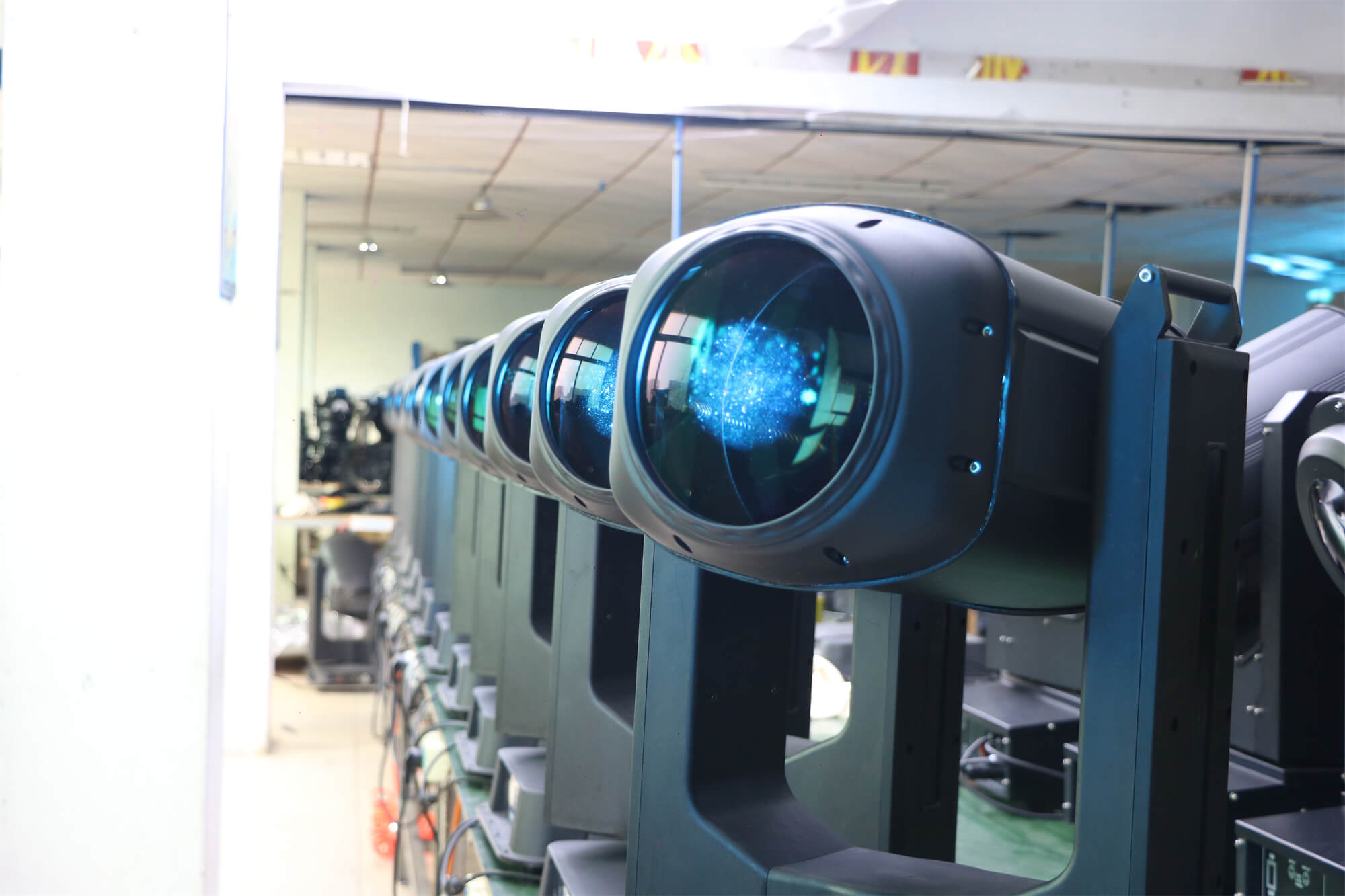
2. The power can be reset but the light is not on:
1. Check whether the bulb is good or bad, and whether the bulb is installed correctly;
2. Whether the switching power supply has 12V output, and whether there is 12V voltage at the lighting place when the temperature control of the main board is short-circuited;
3. Whether the temperature control switch is open circuit phenomenon;
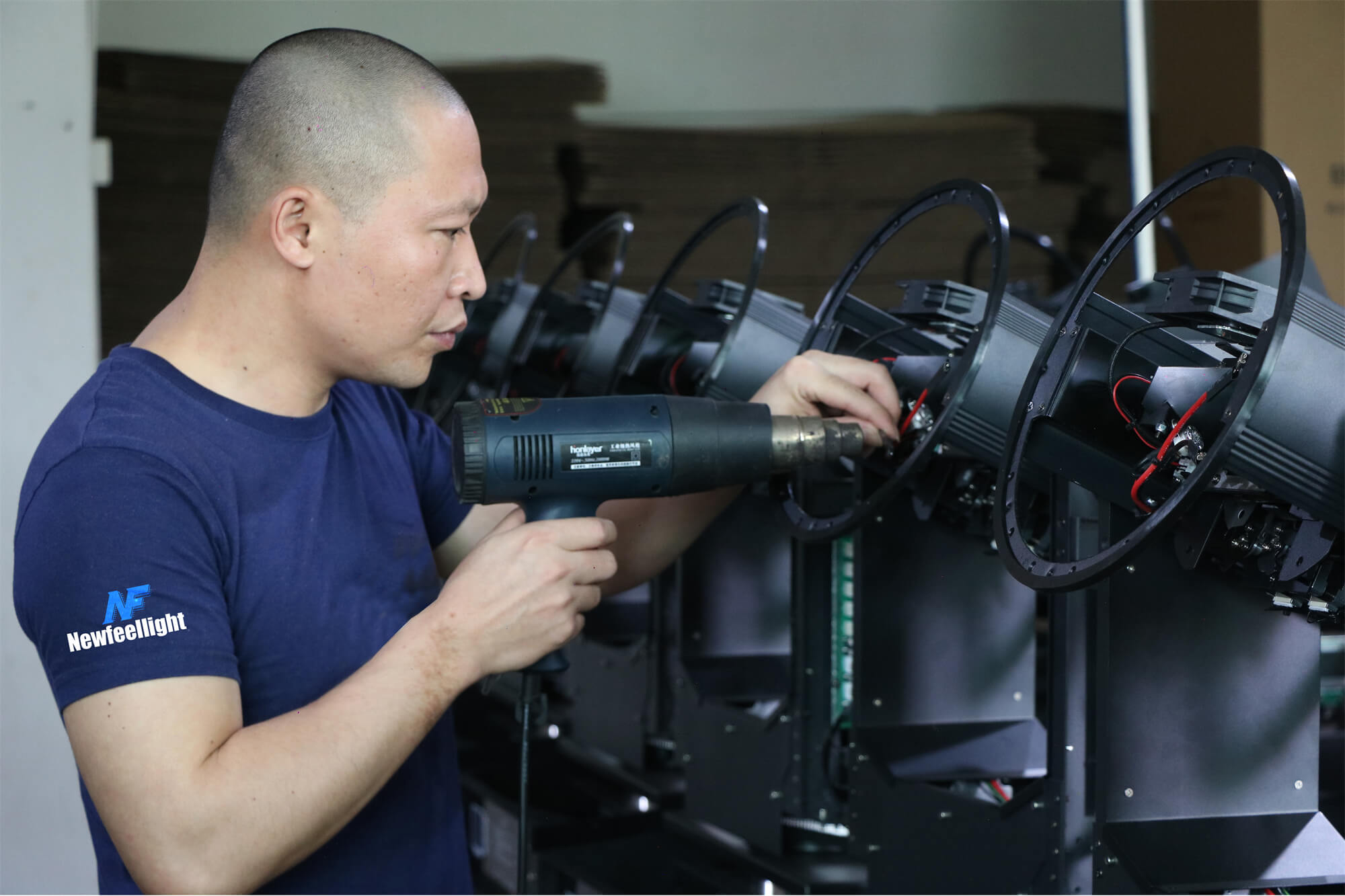
4. Electronic rectifier Whether the output voltage is about 380V at the moment of lighting;
5. Whether the electronic trigger is damaged (replace the electronic trigger to test the lamp);
3. After starting up and working for a period of time, the lamps will automatically reset:
1. The output of the switching power supply is unstable;
2. The cable in the line is loose or the pressure line is not pressed tightly, resulting in poor contact and automatic reset;

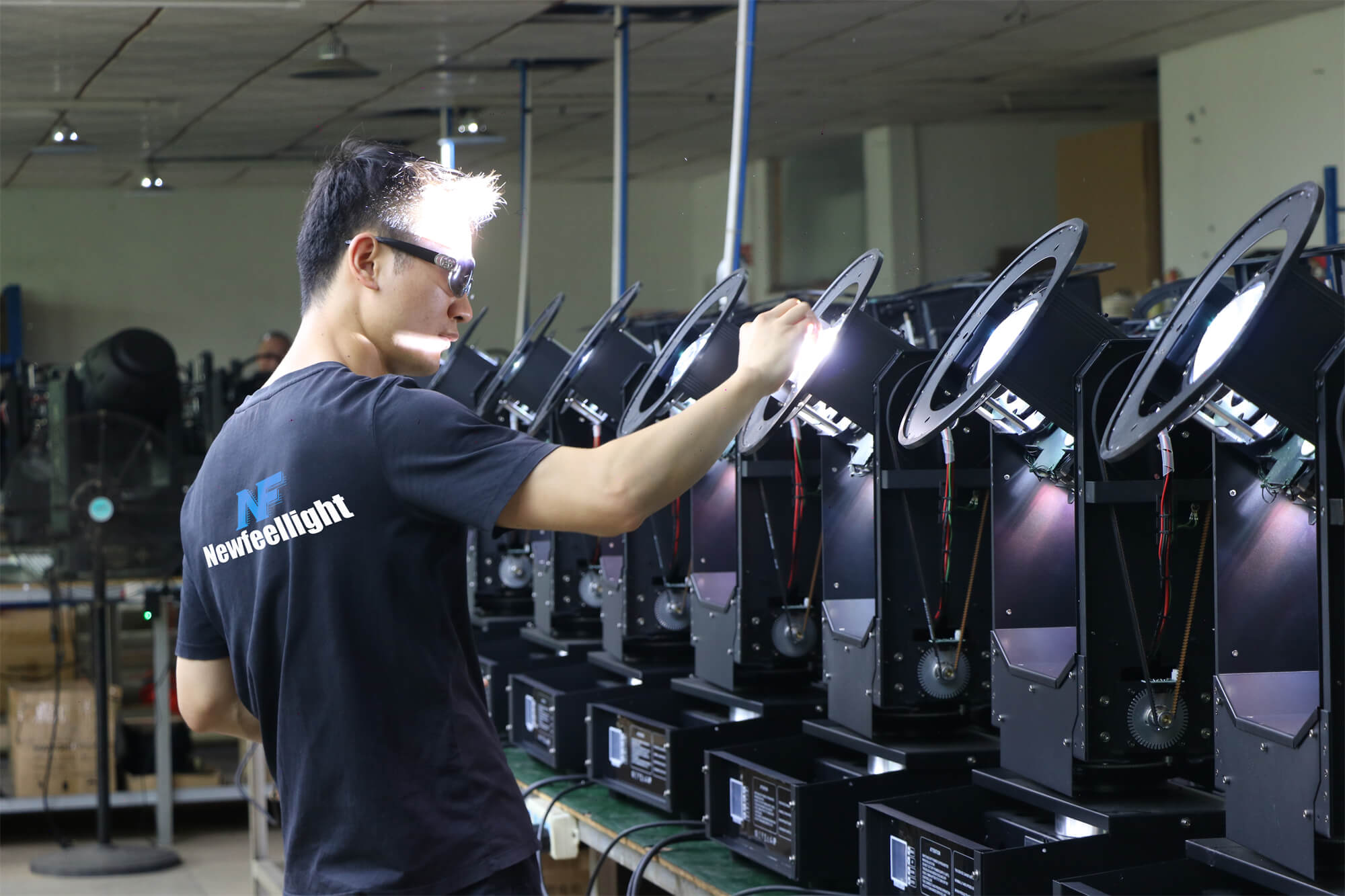
4. Automatic bulb defoaming:
1. After the bulb goes out, it will turn on automatically after a while. Check whether the heat dissipation system is working normally. If the heat dissipation system fails, the temperature in the lamp body will be too high, and the temperature control switch will automatically trip to ensure the safe use of the lamp. When the electronic lighting is turned off, the lamp will automatically light up when the temperature of the lamp body drops;
2. After the bulb is extinguished, it cannot automatically light up: the problem of the bulb itself, the surface of the bulb sphere is white, and the inside is black, bright After soaking for a period of time, the phenomenon of defoaming will also occur (the life of the bulb is over);
3. The lamp will also automatically protect against defoaming when there is no control signal for a long time, and it will automatically light up after the signal is connected;
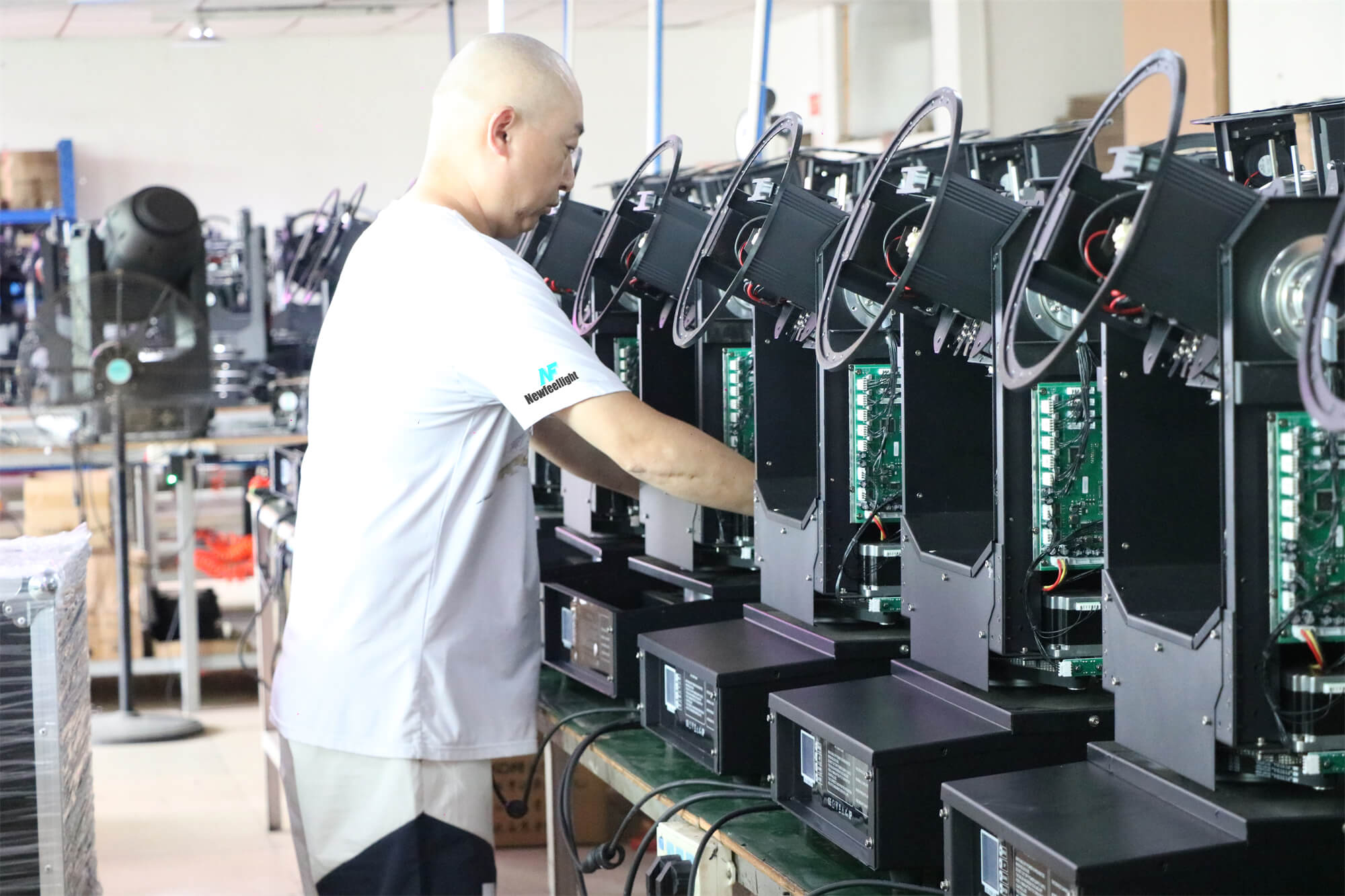
5. The light bulb is on and the motor resets normally, but it is not controlled:
1. Check the connection signal (DMX);
2. Check the address code of the lamp;
3. Check whether the signal IC (75176) is damaged;
6. Burn the fuse or power trip when starting up:
1. Check whether the rectifier is short-circuited, and the start-up impulse current is too large;
2. Whether the bulb is connected to the ground;
3. Whether the internal high voltage of the lamp is short-circuited to the ground (referring to the case where there is a grounding wire);
7. The trigger of the bulb is not working, the light cannot be turned on or the brightness is not enough:
1. The working voltage of the lamp is too low;
2. The trigger is faulty (replace);
3. The service life of the bulb has expired (replace);
4. The electronic rectifier is damaged;
8. The light bulb can be bright but cannot be extinguished:
1. Whether the menu is set to "electronic lighting off"
2. Whether the temperature control is short-circuited to the ground;
3. Whether the rectifier is damaged;
9. can bright bubble, can be controlled, but not white light after reset:
1. Whether the distance between the Hall element and the magnet is between 2-3 mm;
2. Whether the zero position of the lamp is adjusted;
10. The motor shakes or loses steps:
1. Whether the motor is short-circuited, causing the IC (3711) to burn out;
2. The main board is damaged;
3. Whether the fixing screws of the pattern wheel and color wheel are tightened;
4. The positioning between the Hall element and the magnet is not accurate;
11. The channel parts are stuck: the stuck is generally due to mechanical reasons (except for CMY color chips, when a CMY color chip breaks and makes it fall off, thereby affecting the normal operation of other color chips, then a color chip card will appear phenomenon of death)
1. Whether the parts are deformed and cause rubbing;
2. Whether the parts are installed in place;
3. Whether the parts are protruding, resulting in jamming;
4. The stepping motor is faulty, causing the motor shaft to be stuck;
12. No display on the display panel:
1. The display panel is damaged;
2. Whether the seven-position cable connected to the display panel is loose or damaged;
13. The X and Y axes are out of step and cannot be positioned:
1. There is too much dust on the optical lotus, which leads to the inability to control the infrared light in place;
2. The optical coupler plate is broken, and the distance between the optical coupler and the optical coupler is not adjusted properly (when removing, the lotus should be in the middle of the optical coupler. , and make sure there is no scratching, bumping or rubbing)
3. Whether the stepper motor mounting screws are too loose or too tight;
4. Whether the drive belt fixing screws are tightened;
5. Whether the belt is broken;
14. The light bulb is on but not controlled:
1. Check the display panel shows whether there is DMX signal input;
2. Check the address code and recode the address code;
3. Whether the external signal line is connected;
4. Whether the signal connection inside the lamp is loose;
15. The light bulb does not light up
1. The trigger is damaged.
2. The power line of the light bulb circuit is broken
3. The relay does not pull in or the contact is not in good contact
4. The ballast coil
16. The light bulb will go out after a while:
1. The bulb is aging or the quality is not good;
2. The fan does not turn or there is a lot of dust;
3. The temperature control resistor is aging;
4. The wiring terminals are aging, etc.;
17. Bulb failure:
1. The power supply voltage is high;
2. The circuit is not well connected and there is an instantaneous power failure;
3. The electrode terminals of the bulb are not tight enough;
4. The ballast coil is short-circuited;
18. The channel does not transfer or is stuck:
1. The cable section of the motor;
2. The driver IC is burned;
3. The motor lead terminal is desoldered;
4. The two ends of the cable are in poor contact
Routine maintenance and maintenance of computer lights
1. For optical components, first use a vacuum cleaner or a pressure blower to gently blow off the dust on the surface, wipe off the particles with an odorless tissue paper or a cotton cloth soaked in clean water, and remove the dust with a cotton cloth soaked in ethylene-propanol or an odorless paper and residues, do a final cleaning with distilled water and dry with a soft cotton cloth;
2. Parts with coated color sheets, pattern sheets and optical lenses, because the surface of the coating layer is very brittle and easy to scratch, so do not use destructive solvents for cleaning;
3. The air filter cotton should be replaced frequently to keep it in the best ventilation state and enhance the heat dissipation of the lamps;
4. After the performance, use the console to eliminate the foam, and the lamp does not cut off the power supply, and let it continue to work for a period of time (let the fan inside the lamp continue to work to reduce the temperature inside the lamp).


